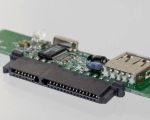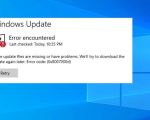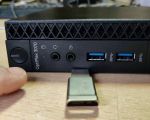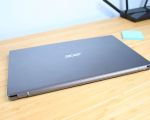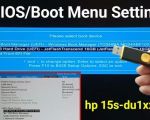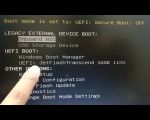Acer Boot from USB: How to Boot Your Acer Laptop from a USB Drive
- 1. Why Boot from USB on an Acer Laptop
- 2. Preparing a USB Drive for Booting
- 3. Changing Boot Order on Acer Laptops
- 4. Troubleshooting Acer Boot from USB
1. Why Boot from USB on an Acer Laptop
Booting from a USB drive on an Acer laptop can be incredibly useful for a variety of reasons. Whether you're trying to install a new operating system, recover a corrupted system, or run a live operating system for troubleshooting, booting from USB can give you the flexibility and tools you need. In 2023, many users are turning to USB booting to install Windows, Linux, or perform diagnostics, as it can often be faster and more reliable than using traditional installation methods.
Additionally, USB drives are portable and easy to use, making them an essential tool for anyone who needs to work on multiple systems. By booting from USB, you can also bypass issues with a malfunctioning internal hard drive and restore your Acer laptop to working order.
2. Preparing a USB Drive for Booting
Before you can boot from a USB drive on your Acer laptop, you’ll need to prepare the USB drive correctly. This process typically involves creating a bootable USB drive using a tool like Rufus or the Windows Media Creation Tool. Here are the basic steps:
- Insert the USB drive into your computer.
- Open your chosen tool (e.g., Rufus, Media Creation Tool) and select the USB drive.
- Choose the appropriate operating system (Windows or Linux) or tool you want to install or run.
- Ensure that the bootable partition scheme is set correctly for your Acer laptop.
- Click "Start" to make the USB drive bootable.
Once the USB is prepared, you’re ready to move on to setting your Acer laptop to boot from it.
3. Changing Boot Order on Acer Laptops
To boot from a USB drive on an Acer laptop, you’ll need to change the boot order in the BIOS. This ensures the laptop prioritizes the USB device over the internal hard drive. Follow these steps:
- Turn off your Acer laptop.
- Turn it on and immediately press the F2 key to enter the BIOS settings.
- In the BIOS menu, navigate to the "Boot" tab.
- Change the boot priority so that the USB device is listed first. You can usually do this by selecting the USB drive and moving it to the top of the boot order list.
- Save your changes and exit the BIOS. Your laptop will now boot from the USB drive automatically when it’s plugged in.
If the USB drive is not showing up, ensure that it is properly inserted and that it has been made bootable correctly.
4. Troubleshooting Acer Boot from USB
While booting from a USB drive on your Acer laptop is usually straightforward, you might run into issues along the way. Here are a few troubleshooting tips:
- USB Drive Not Recognized: Make sure the USB drive is formatted correctly and has a bootable OS or tool installed. Check that the USB port is functional.
- Incorrect Boot Order: Double-check that the boot order in the BIOS has been correctly set. If the laptop still won’t boot from the USB, try resetting the BIOS to default settings and re-entering the boot order.
- Corrupt USB Drive: If the USB drive isn’t recognized or fails to boot, try using a different USB drive or reformat the current drive and re-install the bootable software.
These simple steps should help resolve most booting issues on your Acer laptop. If the issue persists, consider consulting Acer’s support documentation or visiting their support site for more detailed solutions.















